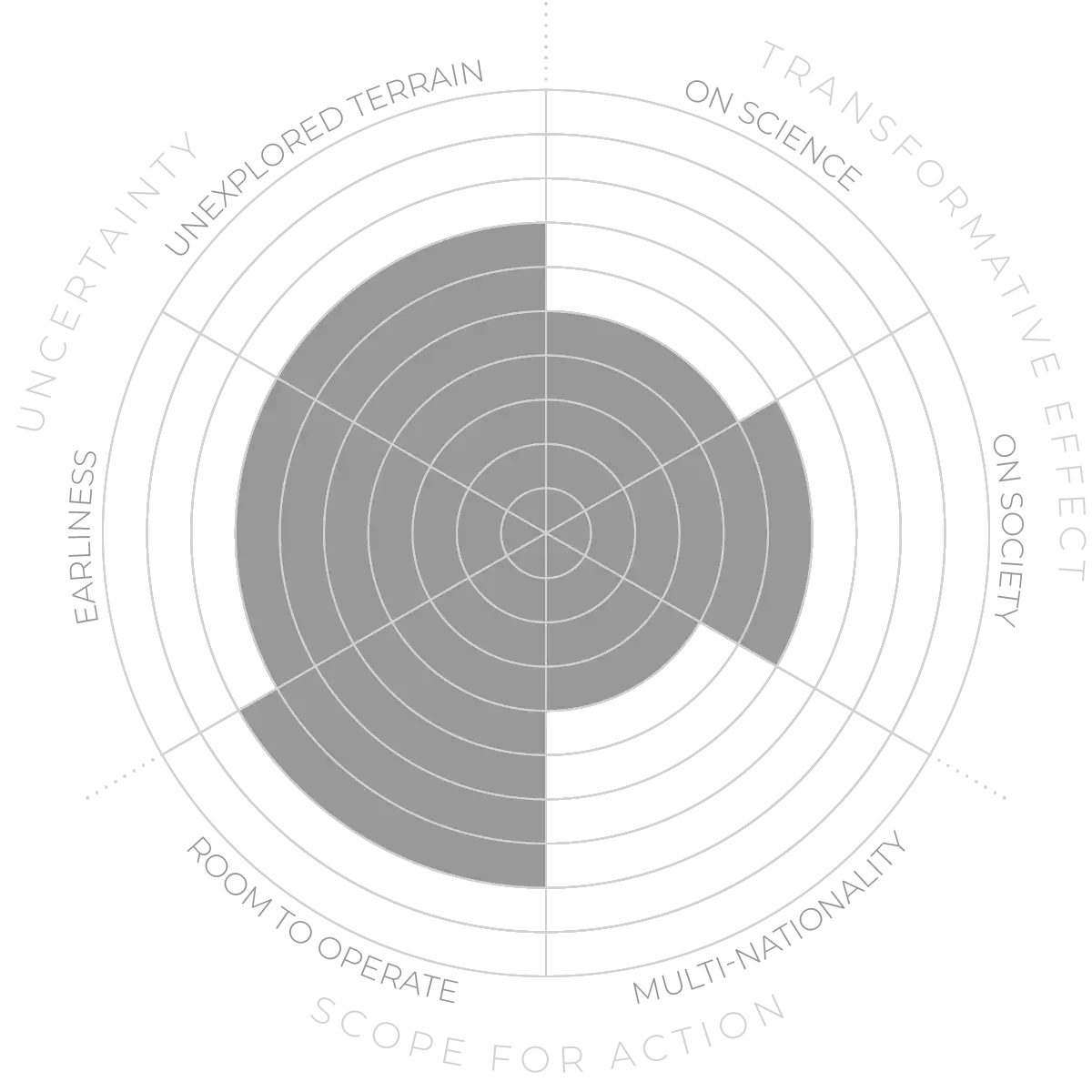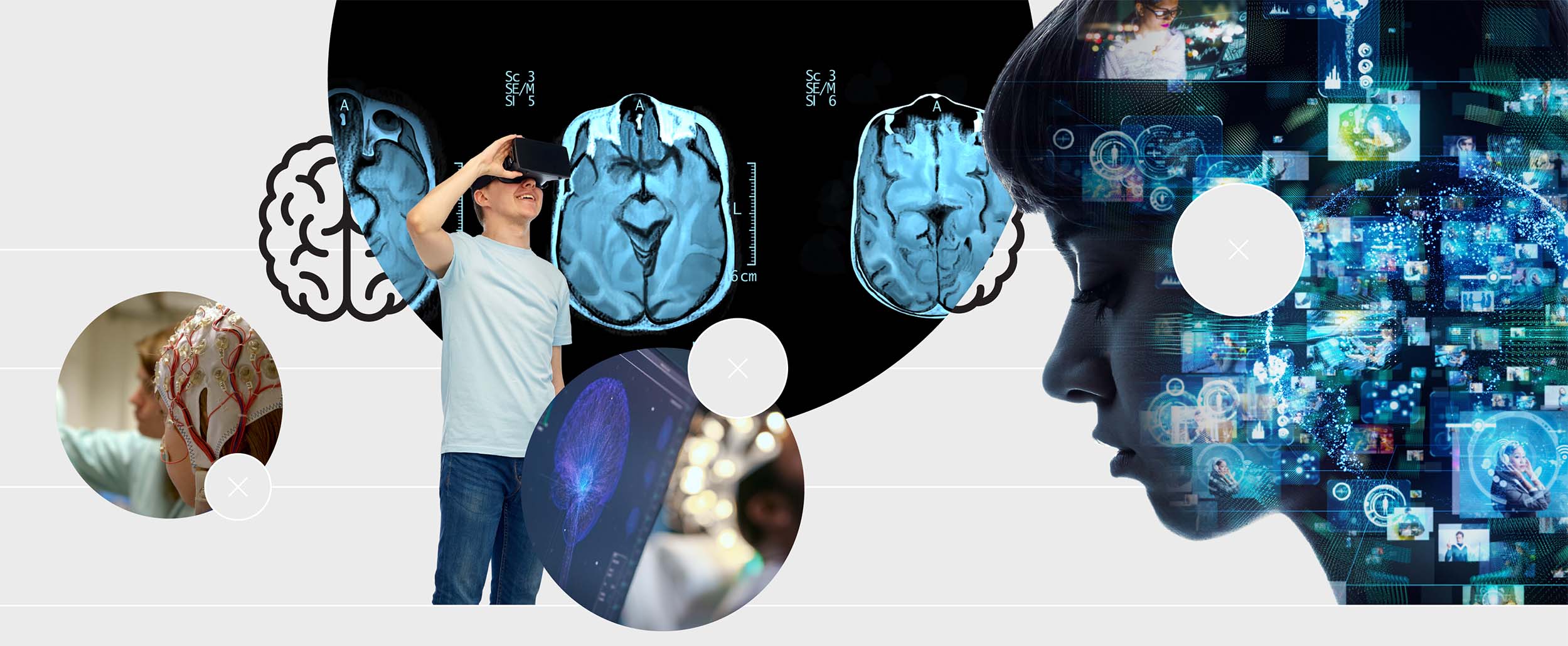Future Horizons:
10-yearhorizon
Global agreement leads to supply-chain stress tests
25-yearhorizon
The technology of resilience makes supply chains more sustainable
The COVID pandemic and the war in Ukraine have focused attention on the security of supply chains leading to significant policy changes in many countries. The computer chip industry, for example, is currently in a state of major reorganisation to secure supplies and shorten supply chains. That will also have the effect of reducing transport costs and carbon.
But the most significant economic driver of change is the US Inflation Reduction Act, which has allocated $370 billion in investment and subsidies for the green economy and eco-friendly products such as electric vehicles. This investment is forcing other similarly sized economic operators, such as Europe and China, to reconsider support for their green economies while threatening to leave smaller economies unable to compete.
Another problem is the fragility of supply chains.15 Governments and industries are developing ways to strengthen these chains in the short term: the “internet of things” is set to play an important role in monitoring where products came from and how far they travel, for example. Blockchain technology has been touted as a way to increase the transparency of these processes. However, many experiments with blockchains by insurance, banking and shipping companies have been quietly dropped amid spiralling costs and limited benefits.16 The new focus on resilience also places greater emphasis on stress-testing supply chains and on simulations that can predict — and find ways to avoid — the impact of future COVID-scale events.
Sustainable global trade - Anticipation Scores
The Anticipation Potential of a research field is determined by the capacity for impactful action in the present, considering possible future transformative breakthroughs in a field over a 25-year outlook. A field with a high Anticipation Potential, therefore, combines the potential range of future transformative possibilities engendered by a research area with a wide field of opportunities for action in the present. We asked researchers in the field to anticipate:
- The uncertainty related to future science breakthroughs in the field
- The transformative effect anticipated breakthroughs may have on research and society
- The scope for action in the present in relation to anticipated breakthroughs.
This chart represents a summary of their responses to each of these elements, which when combined, provide the Anticipation Potential for the topic. See methodology for more information.



